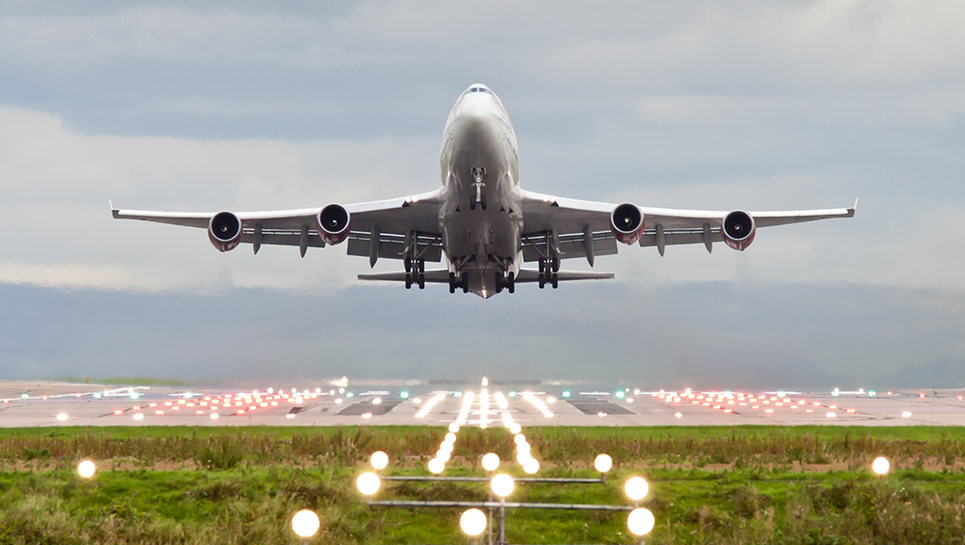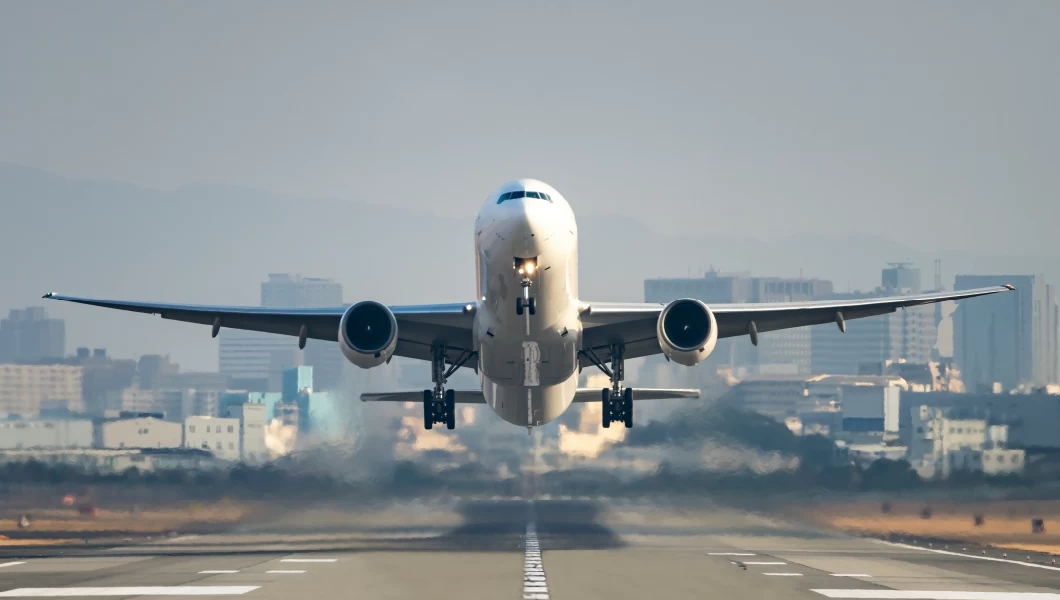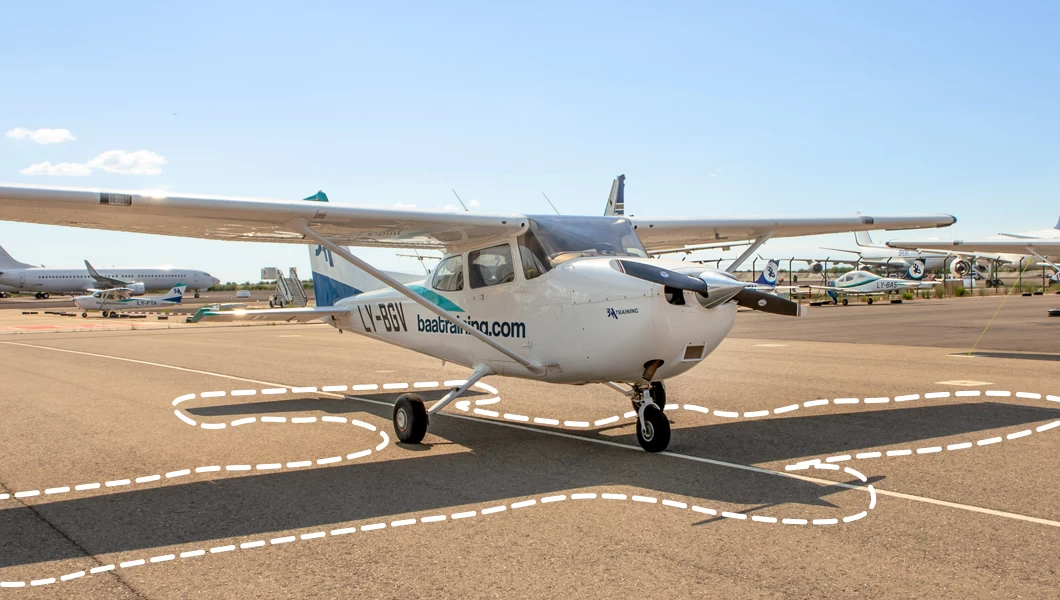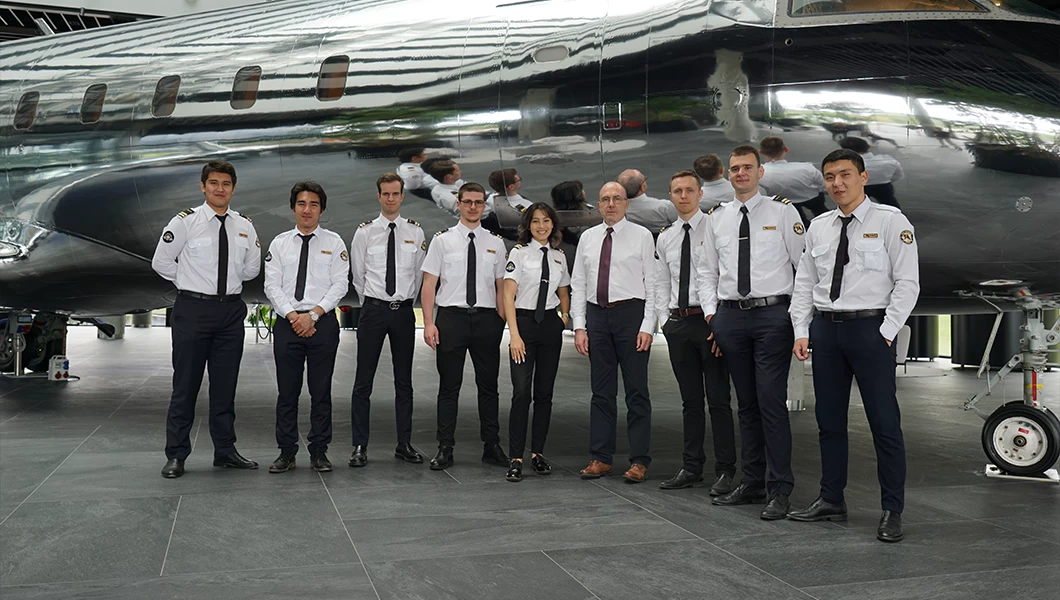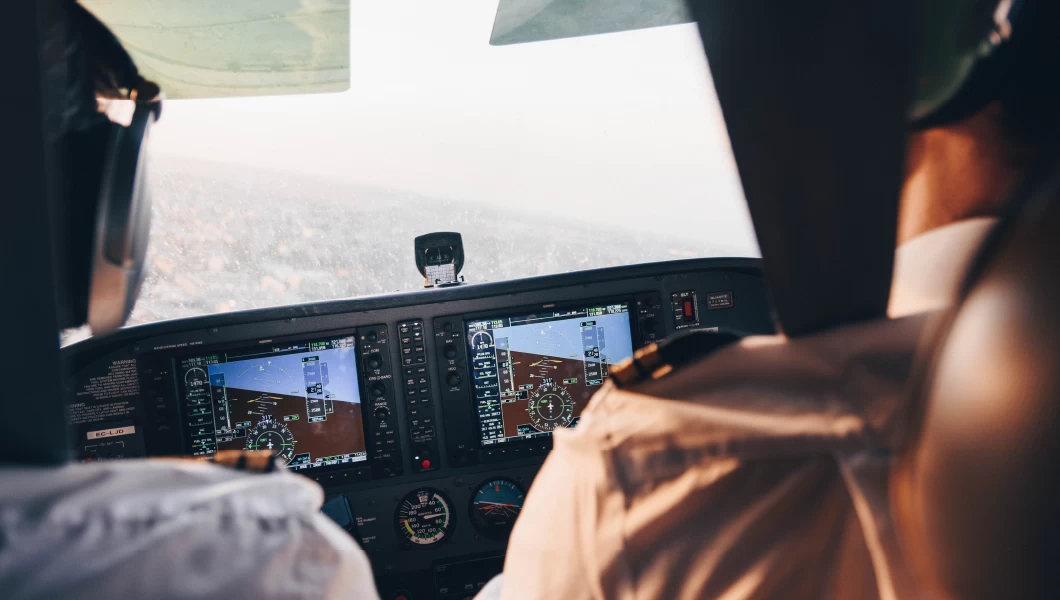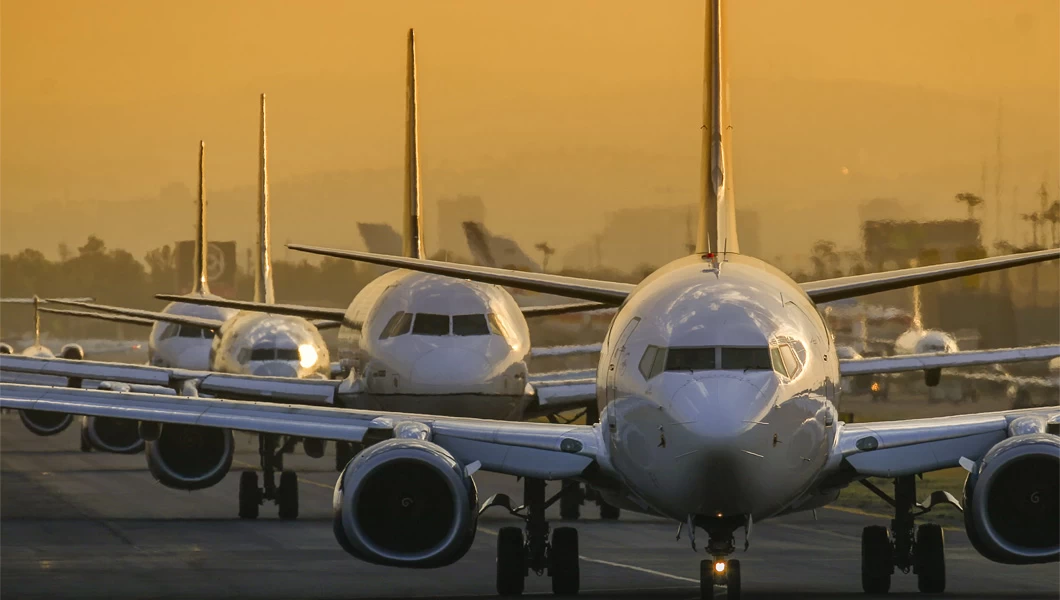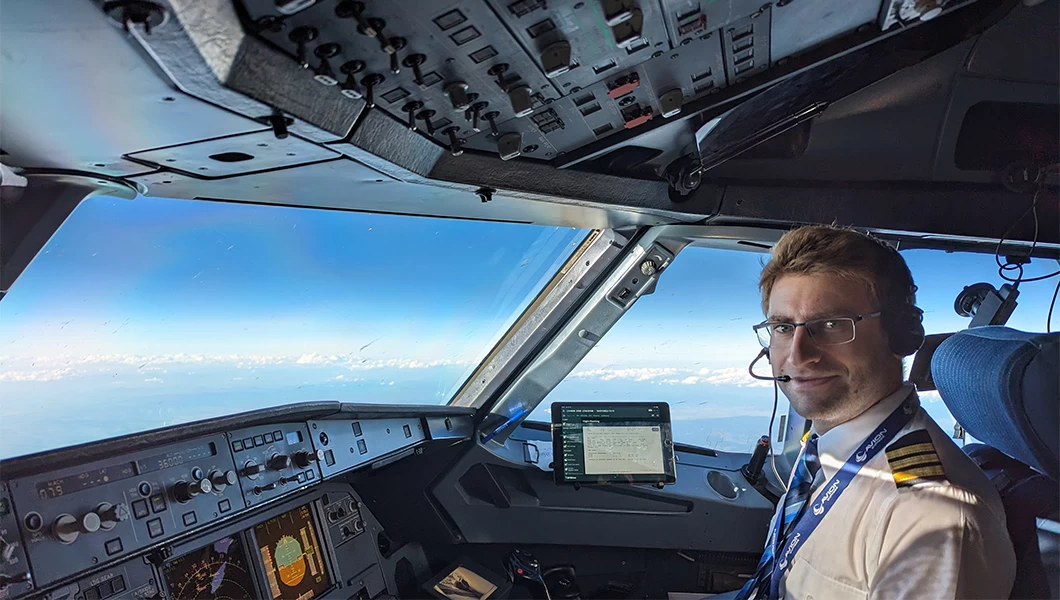Whether it is a small double-engine Cessna or a Jumbo jet A380, the definition of speed is the same for all types of planes. These speeds are calculated prior to take-off in accordance with aircraft weight, environmental factors, etc. We want to introduce the basic information about V1, Vr/Rotate, and V2 speeds.
V1 is the speed beyond which the take-off should no longer be aborted. Meaning that in case you experience any trouble with your plane before reaching V1 you would immediately abort your take-off and would apply all the necessary means to bring the aircraft to a halt. If pilots experience any serious aircraft malfunction after V1, otherwise they have to continue the take-off, a take-off board will lead to a runway overrun and could severely damage the plane.
Similar ARTICLES
Vr or Rotate is defined as the speed at which the pilot begins to apply control inputs to make the aircraft nose to pitch up, after which it leaves the ground. The easiest way to memorize the rotation speed is the point where the nose leaves the ground and vortexes are created at the wing tips which rotate behind the aircraft. Moreover, the point where the main gear leaves the ground is the point where the aircraft has reached the Vlof – lift-off speed.
Your PILOT CAREER
starts with a first click
V2 is the speed at which the aircraft may safely be climbed with one engine inoperative. This speed is nicknamed a “take-off safety speed”; it is the speed an aircraft with one engine inoperative must be able to attain in order to leave the runway and get 35 feet off the ground at the end of the runway, maintaining a 200 ft/min climb thereafter. This is the lowest speed at which the aircraft complies with the handling criteria associated with a climb after take-off, followed by the failure of an engine.
